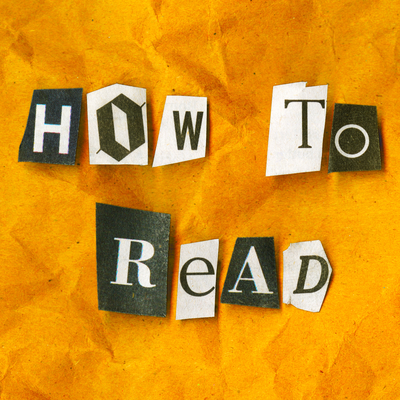Images of protest have a visceral power to grab our attention. Colin Leach has been studying how we react to different kinds of protest images. For example, an image of many police holding down one protester and an image of many protesters facing off against a few police convey very different messages about who has the power. Both protesters and police have an agenda for how they want to be represented, and this is as old as photography itself. But online news and social media bombard us with more protest images than ever before, so it’s more important than ever to understand their visceral power.
Tag: photography
It might seem obvious that it’s good to read in ways that are literary, critical and modern. But Michael Allan argues that viewing certain ways of reading as literary, critical and modern also involves constructing a stereotype of a bad reader who is unliterary, uncritical and backwards. In colonial Egypt, British authorities relied on stereotypes of Islamic reading practices to treat local people as merely memorising and repeating what they read. As a result, local people were considered incapable of thinking critically and of holding valid political opinions.
When we think about the generation before us, we might feel that their cultural touchstones aren’t relevant today. But Tom Mole argues that the literature of the past only survives because the next generation find new ways to make it relevant. In the Victorian era, new illustrations for the previous generation’s poetry helped update the image of writers like Byron and Wordsworth in ways they couldn’t even have imagined.
